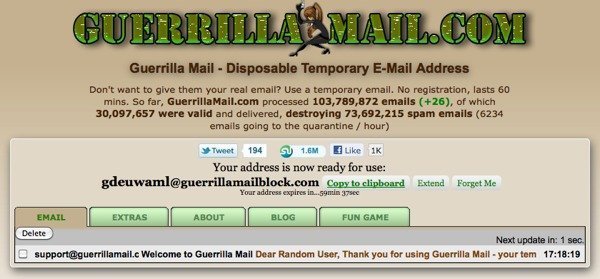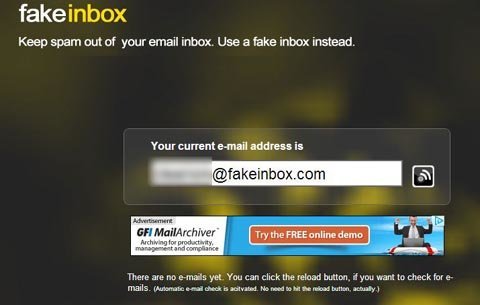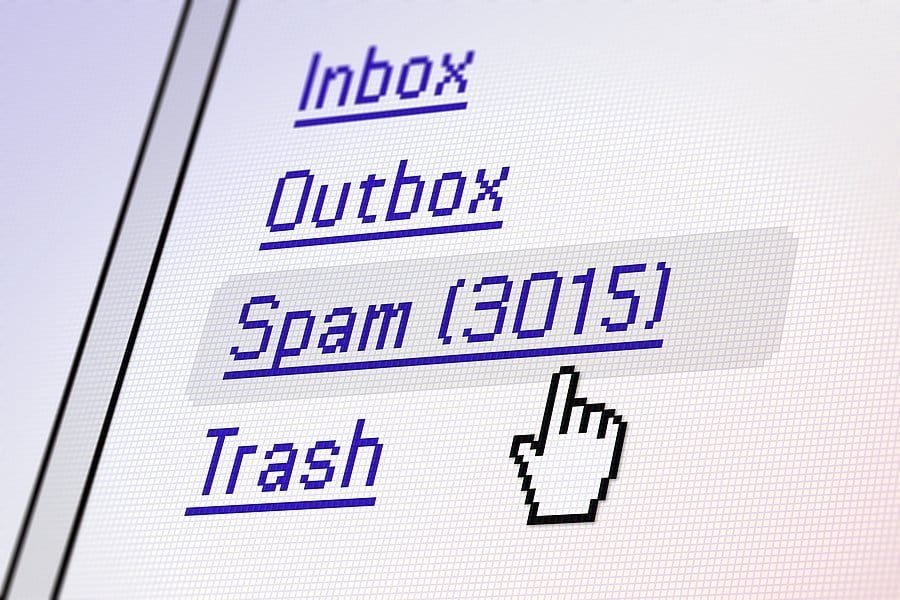Don’t you ever get sick of your email account being inundated with spam and other promo emails urging you to sign up for this or sign up for that? It feels like you spend a good deal of your morning purging your account of the day’s junk mail. This is why some have secondary emails where they direct such messages away from the ones that are actually relevant. An alternative solution, though, is to get a fake email address.
Use a “Disposable” Email
Fake emails are nothing new and have been around almost as long as emails themselves. Also colloquially known as disposable emails, these accounts serve as a hub of sorts for that are not so significant messages, such as those subscriptions that you delete without ever opening. More individuals are using them for avoiding spam and preventing junk messages from getting mixed in with their crucial emails from loved ones and colleagues.
How Does It Work?
There are email services, both free and paid, that provide disposable email addresses. When you sign up, you can generate a fake email of your choice, such as ihatespam@whatever.com. Usually, you can decide on any username and choose between several available domains.
You can give out this email to someone, websites, and other sources you might be on the fences about. Messages sent to this email can be opened and viewed just like a conventional inbox. Just visit whatever website you signed up with, and you’ll be able to access your mail just like that. In most cases, you don’t even need to sign in; just go to the site, enter your username, and view your messages.
While it varies depending on the fake email website, some services, especially the free ones, use a public inbox, meaning that anyone who types in your username can access the content. With that in mind, be careful not to use the address for exchanges that include sensitive data.
Why Use a Fake Email?
There are perks that come with having a fake email. Consider the following motivations for setting up a disposable account:
Keep Out the Junk
Sure, your spam folder catches most of the junk mail; nevertheless, there are a few that sneak their way into your main inbox. Just as some prefer to keep their private and work email separate, many also prefer to keep their primary email separate from the stuff they get on the side, such as coupon offers, and the like.
Test the Waters with Different Services and Companies
Majority of us prefer to keep a low profile when providing their emails to certain entities. Perhaps some company is pushing you to sign up for a trial service and want your email. You’re interested but feel that the company is a bit on the shady side. Instead of giving out your email, list the fake account. This way, you can test the waters, so to speak, with the company. If you later feel the company is legit, then you can always transfer future mails to your main account.
Protection From Phishing
This is similar to the previous point. Recently scammers are trying to trick anyone by developing websites that look strikingly similar to legitimate sites to fool you into submitting personal info. By giving your personal email to a phishing site, you risk getting links and attachments that can leave you vulnerable to malware attacks. If you have even a smidgen of suspicion that a site might be a phish, then give out your fake email instead as a safety precaution.
Stay Anonymous
Hackers are releasing private account info like they’re candy. Someone who wish to sign up for certain online services, such as dating and other pleasure sites, may prefer to do so secretly using their fake email and an alias. This way, should their account information be leaked, their name and reputation won’t be exposed.
Fake Email Services to Consider
Dozens of these services are available, and most are as easy to manage as a typical email. Here are a few to consider:
Guerilla Mail

With Guerilla Mail, you can sign up for a permanent temporary email address. Yes, that sounds like an oxymoron, but this service actually provides a temporary address that never expires until you choose to close it down. When you sign up, you get to select your own username with seven domains to pick from. Like with a typical email, you will be able to view, reply, and send attachments. You’ll also be able to get multiple emails using different domain names all under one account.
FakeInbox

FakeInbox is another nifty fake email generator. Users have the option to choose a unique username or can opt to have one generated at random. The domain name, though, – fakeinbox.com – is the same in every instance. All emails that come in are also automatically deleted within 60 minutes, though you can elect to have the message extended for an additional hour. A countdown timer shows the time remaining before the message self-deletes.
MailCatch

MailCatch has a lot of similarities to GuerillaMail, but with a handy additional feature. You can begin using the fake email BEFORE you even sign up an account. When giving out the fake email, just come up with any username with mailcatch.com as the domain, and you will be able to retrieve the message by going to MailCatch and entering that username. The site is read-only, though, meaning you will not be able to reply to messages. The service is absolutely free to use, and no registration is required, though, you may elect to upgrade to premium membership to access additional features, such as getting your own private domain.
Try It Out
A temporary email is a handy resource that just makes your life a little bit easier and organized. Whether you want to stop spam once and for all or want to protect your primary email from potential phishing sites, a fake email provides a convenient location for all the excess messages sent by those unscrupulous marketers.

